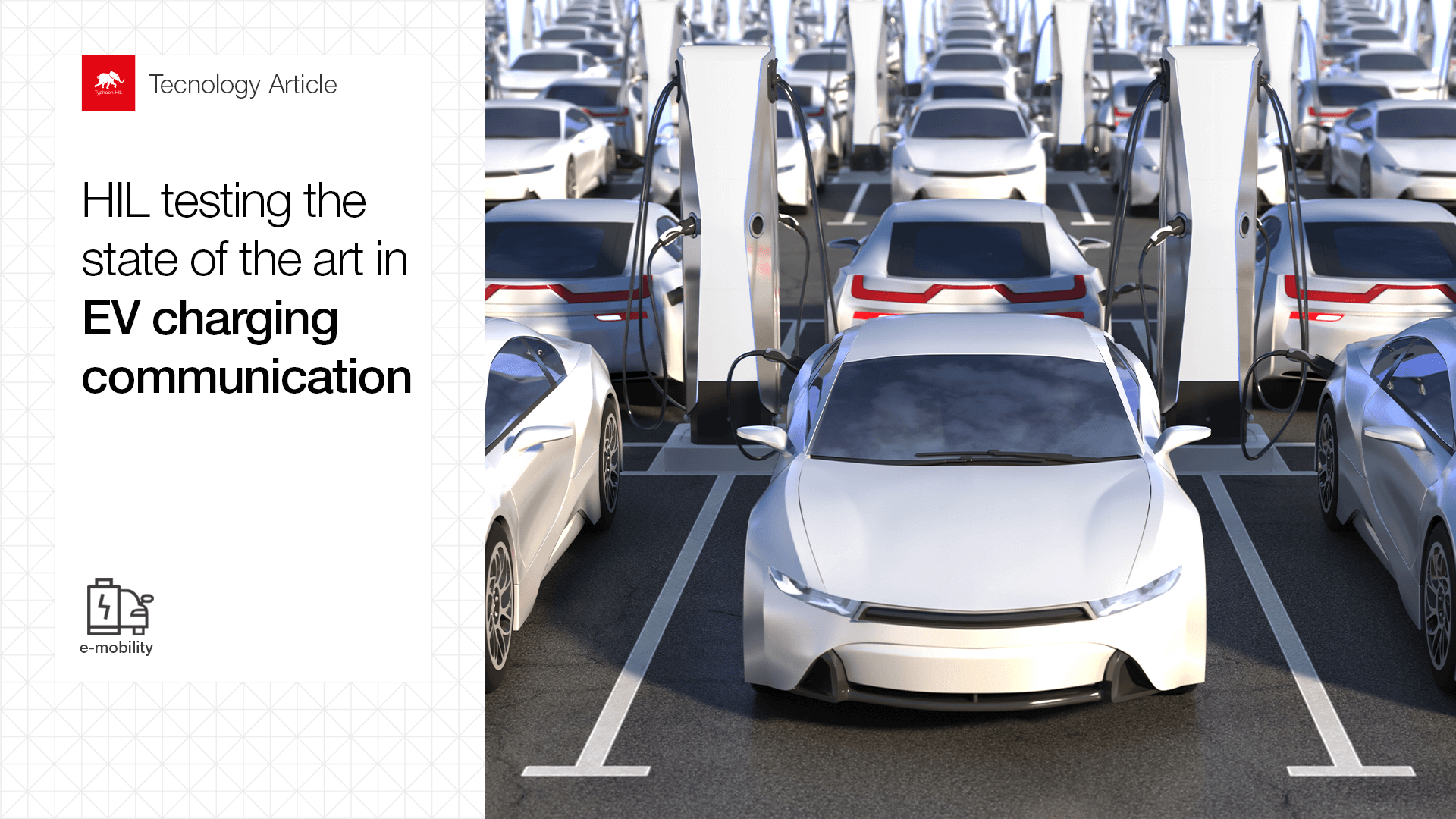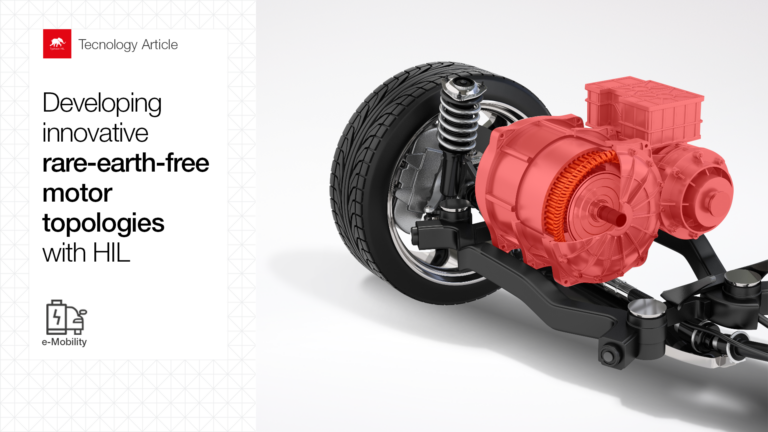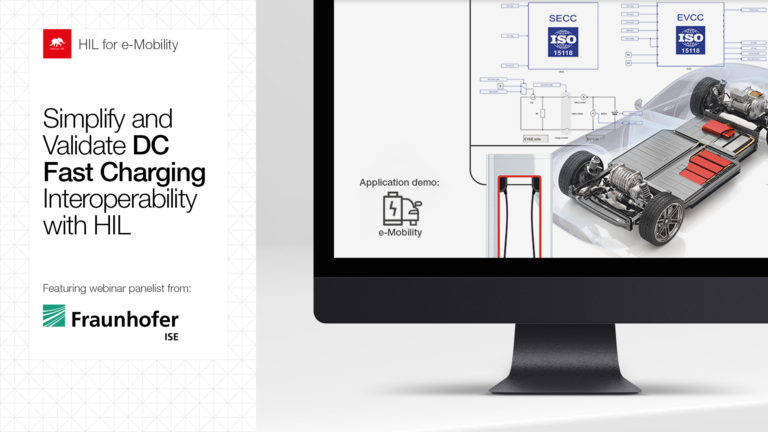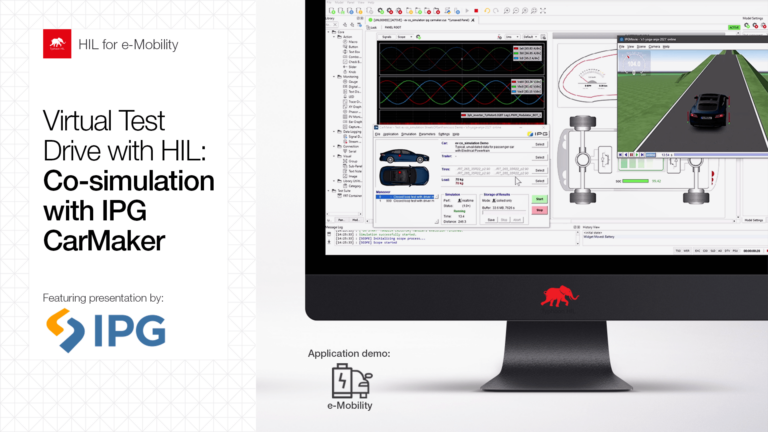Introduction | Current state of EV charging infrastructure
The rapid growth of electric vehicles has created a sudden need for an EV charging network on a global scale. However, without an existing charging infrastructure in place, carmakers have been driven to innovate new ways to ensure their own cars can be recharged quickly, safely, and efficiently – and with innovation, comes diversity.
Since the start of the transition to EVs, there has not been a globally defined standard for EV charging. This caused (and still causes) interoperability issues between Electric Vehicle Supply Equipment (EVSE) and EVs. Moreover, this diversity makes validating controls and communications with manual testing infeasible in a growing market.
Several standards were developed to simplify and standardize EV charging, from cables and connectors to communication protocols. These standards were regional, differing by charging mode and power levels. However, nowadays, there is a movement toward global standardization. Table 1 presents a list of current international and national e-Mobility charging standards.
Table 1. International Standards and protocols on EV charging.
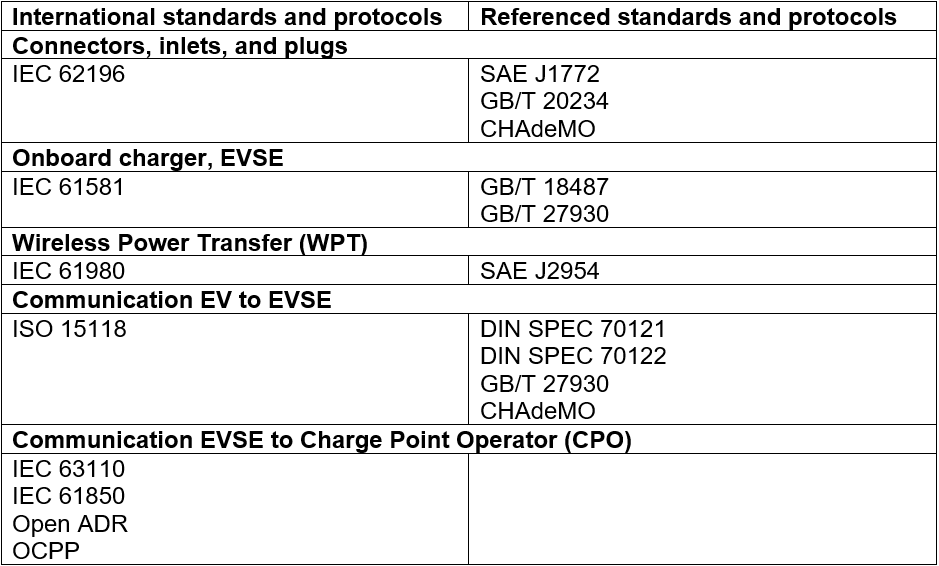
Standardizing EVSE makes interoperability possible by defining how connection, communication, and power transfer should occur during the charging process. However, the rise of new standards brings challenges to the e-Mobility industry. Today, manufacturers need to consider hundreds of technical requirements and perform several compliance tests to certify their products.
Challenges | A market in constant evolution
The constant evolution of the EV charging framework makes testing against the different standards required for worldwide deployment complex and expensive. Standards such as DIN70121 Ed. 2 and ISO 15118-2 Ed. 1 were released less than ten years ago. Since then, these standards have received constant changes and expansions to cover improvements and new features. One example is ISO 15118-20, published in 2022, covering smart and bi-directional charging. As standards are evolving fast, it is necessary to validate new charging stations against current and older charging standards to ensure their compatibility with older EVs.
Standards also include new stakeholders in the charging process. Authentication and Plug & Charge (encompassed by ISO 15118-2) are features that brought in new actors to the charging process beyond just the Electric Vehicles and Chargers themselves. As a result, the complexity of testing and the sheer number of tests, increased to include cybersecurity and encryption.
Normally, charging standards and compliance requirement changes result in product modifications and updates to existing tests. These charging protocols define complicated sequences of messages and validations that must be rigorously followed, making their implementation time-consuming and complex. In other words, EV chargers demand significant development time, specialized workers, and capital investment to ensure compliance and interoperability.
Automated testing combined with HIL simulation is a solution to solve these challenges and stay up to date with the latest standards and compliance requirements.
HIL Benefits | Lead the way in EV charging communication
Let’s say you and your team want to make sure your EVSE works with the latest charging standards and can charge all types of EVs in the market. For this, you will need a model-based approach with an EV model that’s able to test power electronics dynamics together with the communication protocols. By using the drag-and-drop components in Schematic Editor, you can easily, and quickly, parameterize and integrate real-time models of the electrical systems you need for the vehicles you want to test your charging system for.
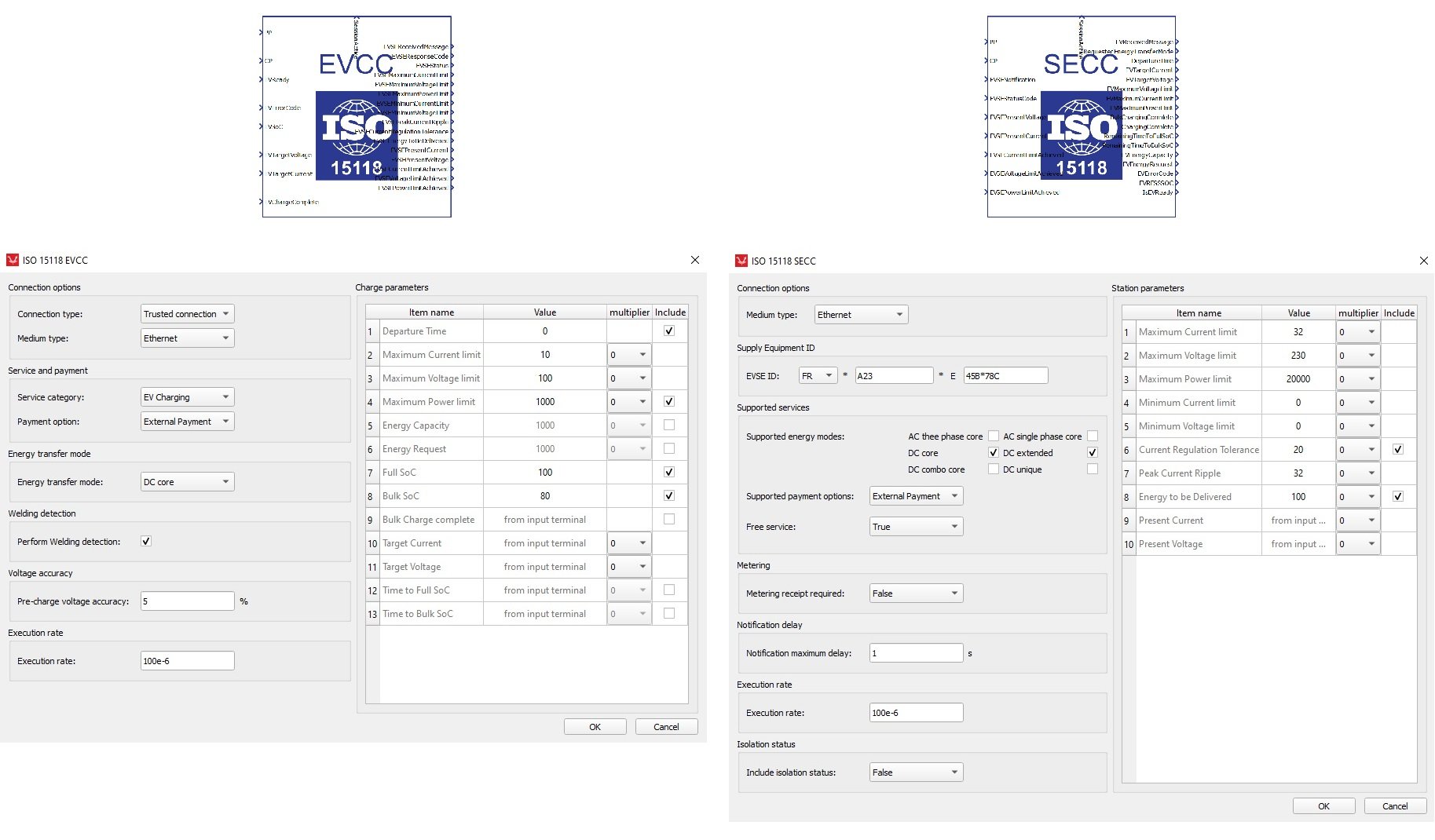
You can follow the same process for the communication layer. Typhoon HIL supports a wide array of communication protocols and standards, such as ISO 15118-2, Signal Level Attenuation Characterization (SLAC) over Power Line Communication (PLC), and IEC 61851. In addition, Plug & Charge is already supported, and support for CHAdeMO standard, ISO 15118-20 standard, and Open Charge Point Protocol (OCPP) are on the way. These components give you the flexibility to model and test your EVSE controls in real-time with real commands, just like how the charger would operate in real life.
From there, the next step is to click compile and run the model for the first time. This opens HIL SCADA, a built-in tool where you can easily build and save a panel to show the most important information on the status of your simulation. You can even start from pre-built models like this one (see Fig. 2) for charging using IEC 62196, built by the Fraunhofer Institute.
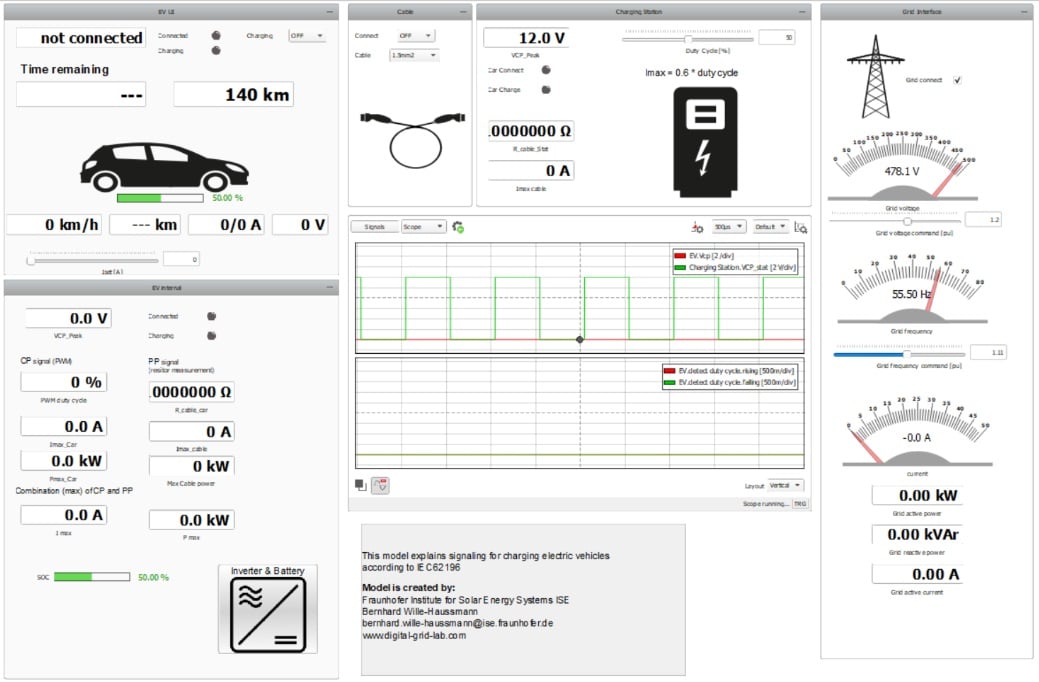
Of course, once you have your model working, then comes the most important step: automation. Adopting automated testing makes it much easier to modify, repeat, and expand test coverage, and TyphoonTest tools lets you completely automate your testing process and ensure an efficient charging process. Engineers can expand test coverage and prepare the local system to replicate certification compliance tests, avoiding potential failures before it becomes a problem. Moreover, as your products evolve, your team can save time in iterating tests once new versions of standards are released, without the need for an experienced test automation engineer.
Finally, with the power of Typhoon HIL’s all-in-one solution, your team can generate rich and versatile reports with amazing graphics to get clear results. You can even manage and deploy tests and access reports in the cloud or as a PDF, making sharing your results with your team fast and simple.
By combining ease of use, wide test coverage, and comprehensive communication protocol support in a single solution, you don’t have to wait any longer to be sure your EVSE will work in the field!
Credits
Text | Cassiano F. Moraes, Heitor J. Tessaro
Visuals | Karl Mickei
Editors | Sergio Costa, Juliano Grigulo, Debora Santo
